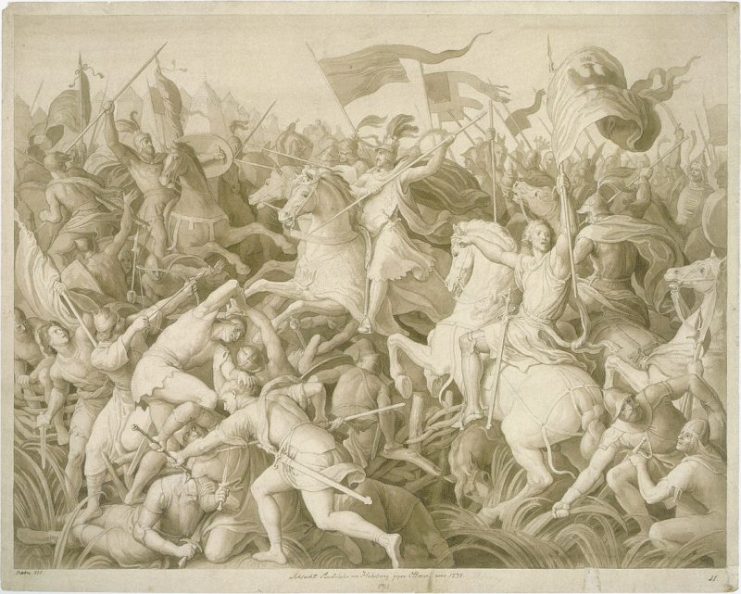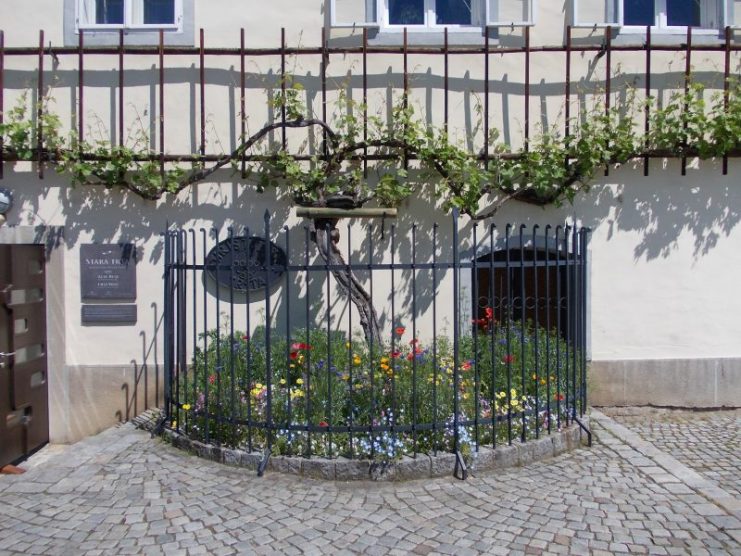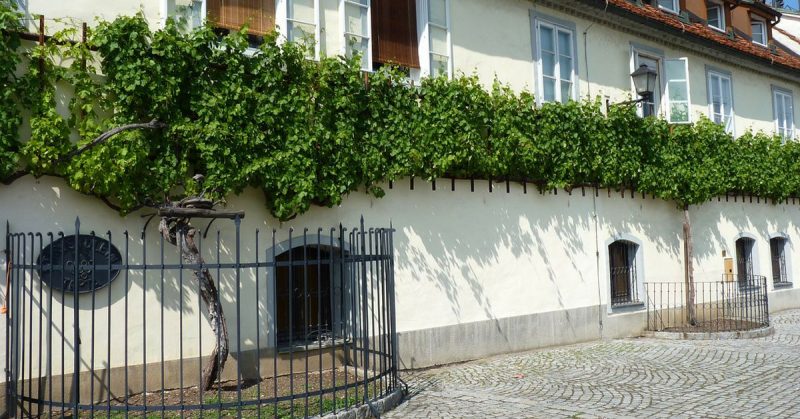As history unfolds right before our eyes, we often overlook the powerful landscapes or natural treasures that can be found all around us. Yet, often these silent spectators would have a remarkable story to tell, if only they could speak.
The trees in the forests which were once grounds for great battles, or the mountains which hid the generals in exile, all stood, and still stand, despite the passing time. Even though rocks persist resolutely, rarely affected by anything, and forests, too, often pass the test of time, other plants, like the grapevine, are rarely durable enough to outlive an era.
But in Slovenia, a small Central European country bordering Austria and the Balkans region, there is a miraculous grapevine, which is said to be more than 400 years old. Located in the city of Maribor, which has a long history under the Habsburg Monarchy, it holds the Guinness World Record of being the oldest known grapevine in the world to still bear fruit.

But first, a little bit about the location in which this ancient vine grows. The city of Marburg, also known as Maribor, dates from the 12th century and was an important fortification along the Drava river. Later, the settlement developed around a large and important marketplace in the 13th century.
From its early inception, the town was under control of the Habsburg dynasty and it saw a rise in wealth and power after the decisive victory of Rudolf I of Habsburg over King Otakar II of Bohemia in 1278.
The city successfully withstood three major sieges ― one by the Hungarians in 1480/1481 and two by the Ottoman Empire in 1532 and 1683. The city’s heroic defense further lead to the development of its infrastructure and a favorable position within the rising Habsburg Austria.

The town itself was mostly populated by Austrian Germans, while the Slovenian minority of Slavic descent inhabited the surrounding villages as Marburg’s influence grew over the centuries. Allegedly, somewhen in the 17th century, the magnificent “Old Vine” was planted and it continues to grow to this day, spreading across an egg-shell-colored house whose wall still stands to support this ancient vine.
In the wake of the Ottoman invasion, the grapevine was planted and somehow managed to grow amidst the constant firing of siege cannons and muskets. Even though the town fell victim to massive fires, in various attempts to wear the defenders down, the “Old Vine” always managed to find to survive and remain leaning against the same building as it did in the 1600s. The building in question was the Old Vine house, which was embedded into the city walls, and subsequently burned several times. Despite that, the grapevine lived on.
The grapevine belongs to the domesticated noble vine called the žametovka. The Old Vine House now serves as a museum to viticulture and its most esteemed exhibit, which decorates the exterior.

What makes this natural witness of historical turmoil so special is the fact that it still manages to produce up to 55 kg of fresh grapes annually, which is almost exclusively used for winemaking.
After withstanding the ravages of Napoleon’s conquest, the Old Vine earned itself a deserved reputation. But wars aren’t the real enemies of such durable plants; it was the parasites that almost ended its long and fruitful life. During the 1870s, a pandemic of phylloxera – a pest of commercial grapevines worldwide – decimated the vineyards of Europe.
Luckily for Maribor’s pride and joy, it did not affect the Old Vine, for its roots were deeply embedded into the banks of the Drava river. The river environment was unsuitable for the parasite to thrive, and thus the grapevine was saved.

By the years of World War II, the locals were well aware of the Old Vine’s historical importance and tended it with great care. Then, in 1941, the Nazi invasion of The Kingdom of Yugoslavia took place. The city of Maribor was heavily bombed by the Luftwaffe causing much damage. But the grapevine survived the traumatic shelling and still continued to produce grapes.
Today, the wine produced in Maribor is highly respected in the world of wine buffs, but only 100 quarter-liter bottles get produced on a yearly basis. Their value is regarded so highly that they aren’t even for sale; the Slovenian government hands them out to dignitaries who visit the country.
One might say that the sip of the wine produced from the fruits of the Old Vine is a true taste of history.
